There is no hotel on Santorini that doesn’t look amazing in the photos on their website. They all show rooms with white washed walls and clear blue exteriors. Glasses of wine on tables overlooking amazing sunsets. Beauty products are the same online, promising supermodel style complexions with no wrinkles in sight. Flickr is full of photos that are “tweaked” in some way to slightly increase their beauty, and the tricks that used to be only in the realm of tabloid photo editors are now available to us all.
With a simple filter, you can remove anything from red eye to love handles in a photo, and change your skin tone to give yourself that tan you wish you had too. We even have a word for images that we believe have been altered, calling them “photoshopped.” In this overly perfected world of online imagery, there is such a thing as looking too good online. It’s hard to trust in images that are too perfect. They just aren’t believable.
There are a handful of sites that have started to uncover the solution to this problem. TripAdvisor lets users post their own images of a hotel. Without the benefit of a fisheye lens, the rooms look the size they actually are, and any customer can get a more real picture of what their room may actually look like. On Amazon, you can upload customer images of any product – so people not only get the manufacturer’s photo, but get to share their own. These images are often real and unfiltered. They are the ones that add dimension and inspire trust. Ironically, they may even be the ones that contribute most to converting a potential customer.
What these sites know is that a hastily taken photo with a simple point and shoot reveals a truth that no professionally photoshopped image will. Ultimately, it is the combination of both that gives your customers a real sense of what they are about to buy, and helps to minimize the chance that they will be disappointed with what they get. Sometimes being less than perfect can be the best way to sell.








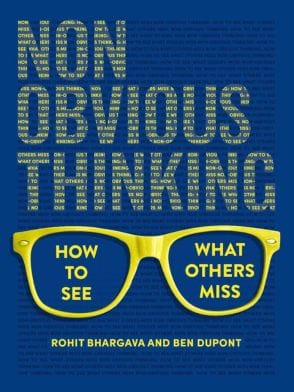





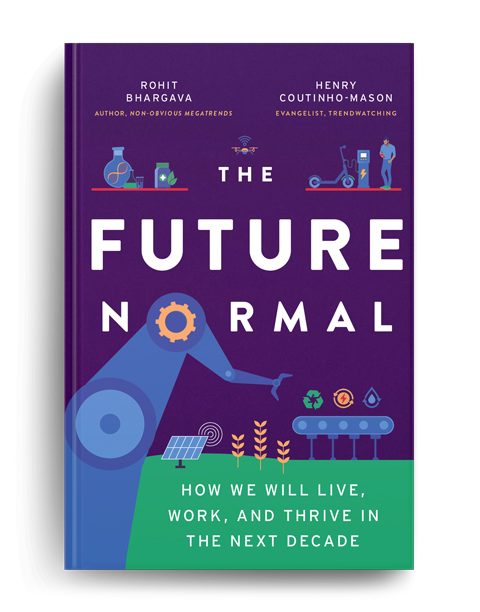

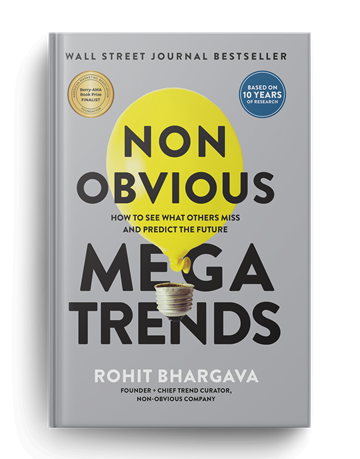
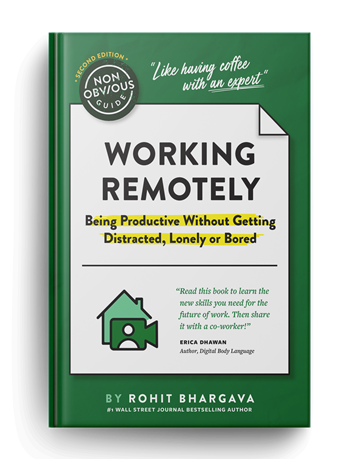
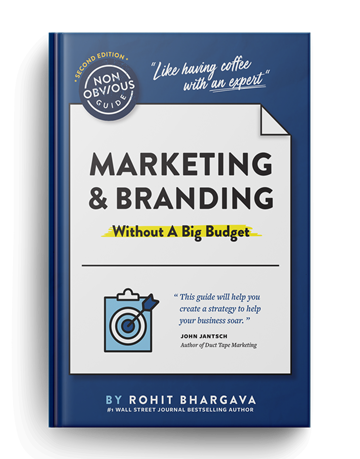
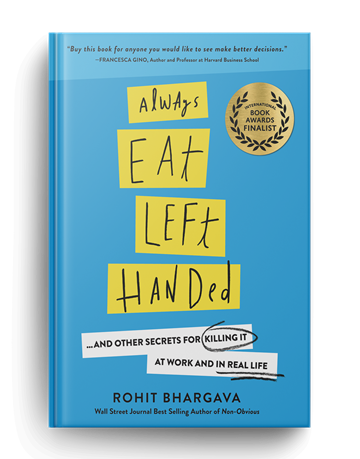
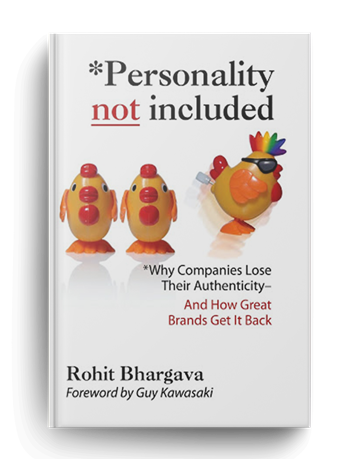
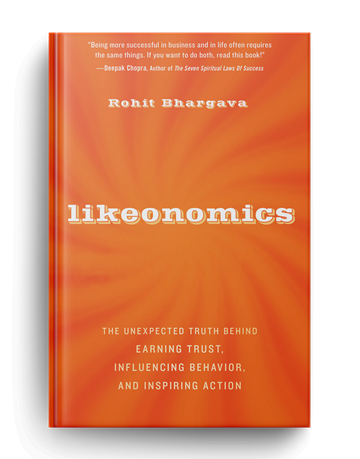


Interesting piece, Rohit.
In fact, reminds me of the way we decided on our next vacation hotel. TripAdvisor reviews and images played a large role.
I think the key concept here is that the Internet, and new media in general, have created an environment in which limited negatives about a product or service can actually become positive in the consumer’s eye.
Many companies fail to understand how they benefit from an open blog which will attract, on occasion, negative comments. But today’s consumer has become conditioned to expect opinions that go against what the company is telling the market.
The great thing about social media is that the company has every opportunity to listen, comment, persuade and refute if necessary, the opinions being shared. The key is engagement. The conversation is already happening – be a part of it.
In fact, I often find myself leaning toward a purchasing decision for a product that might have less perfect reviews but a more engaged online corporate image.
The lesson here? Don’t photoshop (especially your own personal picture). Nothing is worse then running into someone and having absolutely no idea who they are based on the photo that they use for an avatar.
This takes experience, too: it’s only jaded eyes who’ve been let down numerous times who can see past the glittery facade to more worn realms with character. But everyone is new once.
I despise fast food that looks nothing like it does on the pictures! A sad, soggy sack of @#@$ compared to the glorious meal it’s made out to be… oh sigh.
And I find those Photoshop blunder sites OH-SO HILARIOUS.
New media like wikis (with their ever-iterating info) teach us a lot about the joys of imperfection. Not so much imperfection itself as… it being an omni-state, and we can create something better. But
I agree with Stuart. You just shouldn’t do it. I’m not one for link dropping (so feel free to delete this link), but I just wrote a similar post called “Online reputation management vs. pruning” (link at bottom).
On the other hand, authenticity is something that more and more humans are craving these days. And increasingly there are sources who are more willing to give them just that. These businesses & people will quickly find more success than their competitors.
Humans are natural bullsh*t-detectors, so if someone chooses to “photoshop” a picture, let them. Eventually, they’re going to lose business because of it. In the meantime, it’s only hurting their reputation. And as soon as a competitors comes along that doesn’t practice this, customers will flee.
Whoops! Here’s that link: https://thetylerhayes.com/2009/05/05/online-reputation-management-vs-pruning/
(Sorry! I’m not trying to double post, honestly!)
Stuart and Tyler have the right idea. People are craving the “real” more than they have in a long time. I think there will always be a group of people that will want to strive for perfection, even if it means being fake (hell-O Hollywood) but most of us are in it for the real deal. If a hotel doesn’t look like how it’s advertised you better believe that that’s going up somewhere on Facebook, Yelp, or TripAdvisor.
Interesting. I have always been told I need to use a perfessional photographer for my interior design photos, because they make my work look more professional. You bring new light to these statements. Thanks for sharing. Now, I know people like my work not the pretty photos. I was also told not to do the before photo because it makes you look like an amature and only real designers show only the after.
I very much agree with the fact that too many images are photoshopped to perfection and that it takes away from the authenticity of the photos.
To be fair though, I’ve been to Santorini, and it really is that amazing. The whitewashed buildings are pristine (or were when I was there) and the sunsets are so incredible that people go there just to watch them. Sadly, I can’t verify the sunset quality myself – it rained when we were there – but the rest of the island is gorgeous.
Of course, the buildings in the photo look fake because they’re so clean… but that could just be a result of them being painted not long before the pics were taken. That’s what I’d do if I was taking promo pics.
Totally agree with you on the point though. Been to far too many hotels with a huge-looking pool that turned out to be barely big enough to splash around in. But since I’ve been there, thought I had to at least stick up for Santorini a little bit!
Fascinating. I never would have thought of a photo looking too good online. (Makes me feel better about posting my own un-touched photos). I agree with the comment that people are most interested in authenticity these days.
Very true Rohit,
I think when there is a massive discrepancy between the picture and the reality of the customer experience, you run the risk of overpromising and underdelivering in a big way.
I think the same goes for personal headshots. It is quite disconcerting when you meet someone who in real life looks nothing like the pic on their blog or website.
Allowing customers to add their own pictures is a really good idea. It is very similar to how people validate their own personal image. By allowing comments on blogs or allowing reviews on our website, it adds a deeper sense of who you as a person or a company really are. It gives you greater credibility.
I completely agree! User reviews have completely changed the marketing landscape. Thanks for your insight! I am bookmarking your site.
Rohit,
I think that you’ve hit on some of the principles that traditional marketing is only the “promise” that a brand makes.
If there is a significant gap between what is promised and what is delivered leads to a major let down to customers.
Organizations need to put their best foot forward in setting expectations but need to do the rest of the job in meeting and exceeding those expectations.
Brett
Personal photos from previous guests with comments from the actual guests will go so much farther than models on beaches any day of the week. People know whats real and what’s not. I feel that a real person on youtube shot with a camcorder will get much more more positive feedback than any fancy video every single time.
I like what Trip Advisor and Amazon are doing. I’ll trust a real person’s opinion over a sales page any day.
You’re completely on target with this piece! I did extensive research on “The appeal of ugly” in my book, “Instant Appeal: The 8 Primal Factors That Create Blockbuster Success.” In the book, I detail numerous research studies that show how the perfect (whether a perfect-looking website, a perfect photo, or a job interview candidate who is “too perfect” ) raise suspicions in our subconscious minds and, ultimately, make us choose a less perfect company, person, or product.
It gets back to transparency and honesty: We know nothing is perfect, and when we see something perfect, it automatically becomes suspect.
Rohit,
I spend a lot of time pondering this issue as a real estate agent. I’ve seen clouds removed, grass turned green, furniture edited out – you name it.
My philosophy has been to take the best picture with what I have to work with. I have occasionally lightened some photos, so you can remove a bit of the shadow after the sun starts to set behind a home, but overall, I leave them as is.
I worry that sometimes agents will paint a picture of a home in a buyer’s mind that then becomes a disappointment when they visit it. Imagine thinking you’re going to visit the house with that lush green grass (which is highly coveted here in San Antonio) and you pull to a dead brown lawn out front. What thought would go through your mind? My first thought? What else did I “think” about the house and what other “truths” will I uncover.
I have a high level of appreciation for those that can manipulate photos as I am not very skilled in the photoshopping department, but I don’t see the honesty in it when it comes to real estate.